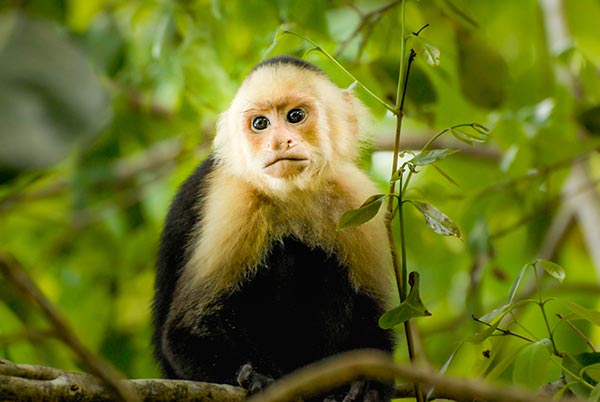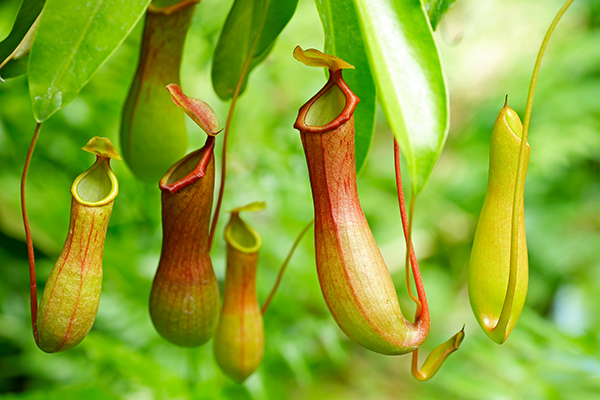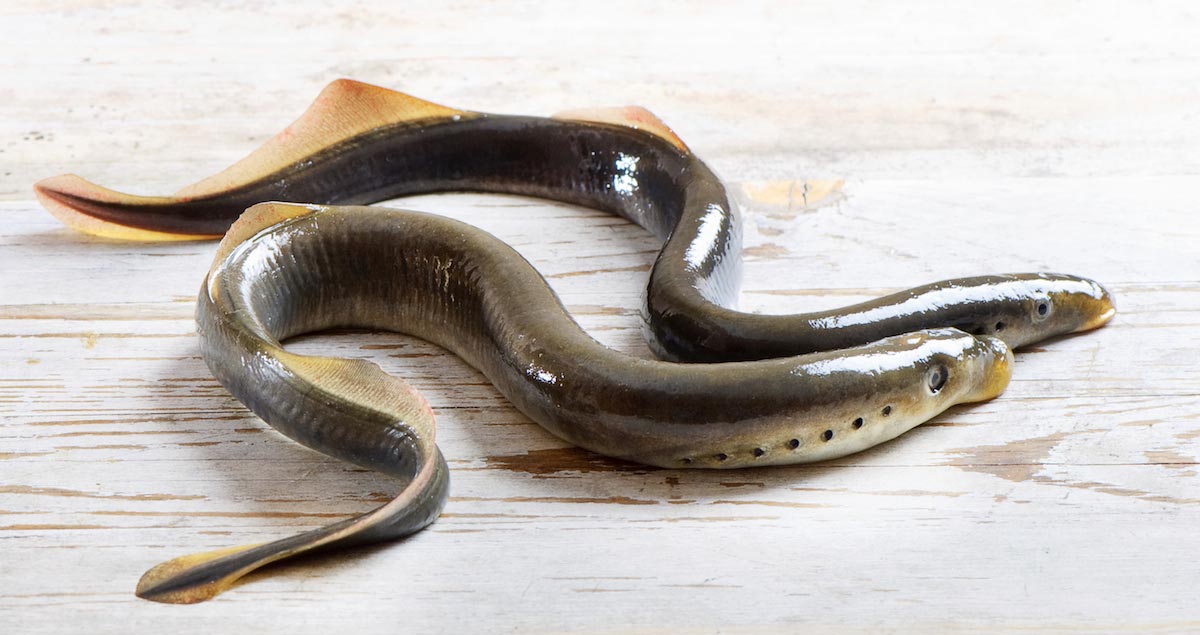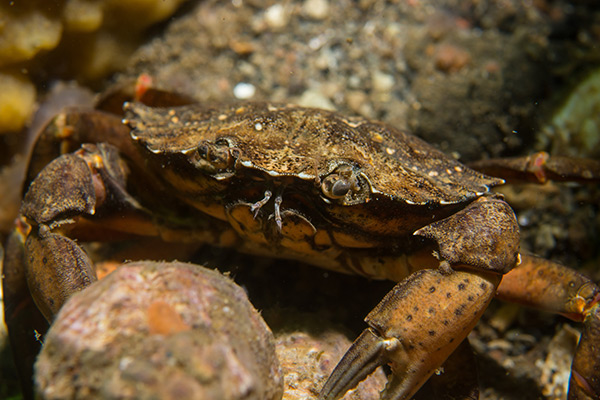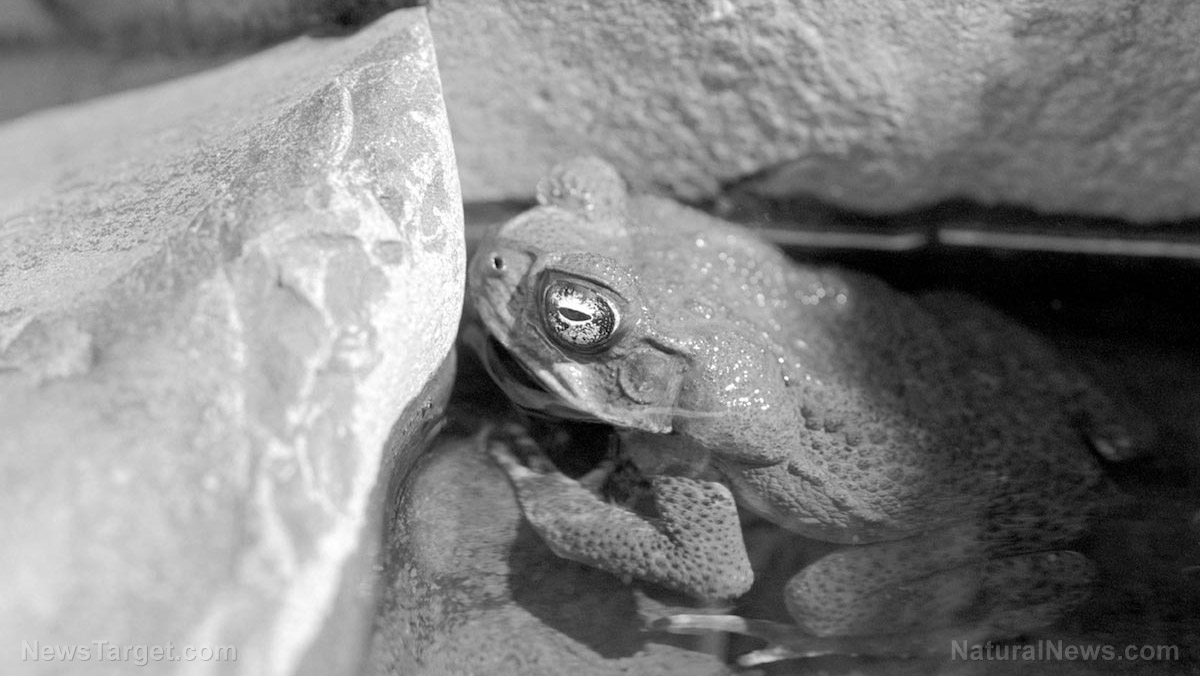
This study, published in the Journal of Natural History, marks the first time scientists described the goliath frog's unique nest-building ability and parenting style. However, people who live around the goliath frog's natural habitat have known about this for years, such as frog hunters in Cameroon who first told the researchers about the frog's particular parental attitudes.
In fact, Mark-Oliver Rodel, senior researcher and curator of herpetology at the Natural History Museum in Berlin, said that he and his colleagues were studying something entirely different -- the diet of goliath frog tadpoles -- when they heard about the frogs' breeding behavior and decided to investigate its authenticity.
Goliath frogs: Nature's perfect parents
To learn about the goliath frog's unique nesting personality, the scientists spent four months in the spring of 2018 searching a 1,300-foot stretch of the Mpoula River in western Cameroon. Here, they interviewed two villagers and four frog hunters to learn about the habitats of the goliath frogs.
At even the slightest hint of a human sound, the goliath frogs would dive into the river, which made directly observing them difficult for the researchers. Fortunately, during their time they were able to identify signs of nest-building at 22 different breeding sites. Fourteen of the sites contained nearly 3,000 goliath frog eggs each.
The researchers classified the nests into three different categories.
For the first type, known as the rock-pool nest, the frogs built their nests using larger rocks that were already in the Mpoula River. They cleared out leaves, sediment and any other litter around the rock pools and made their nests “using pre-existing structures for breeding.”
For the second type, the goliath frogs moved into naturally existing shallow pools of water near the river. Not only did they occupy these pools, but they improved upon them by enlarging them. They pushed out gravel and leaf litter to the edges of the shallow pools, creating a kind of dam.
The most impressive kind of nest the researchers found, however, was the third type. For this kind of nest, the frogs dug depression into the gravel riverbanks, creating artificial shallow pools. These pools were then encircled with larger stones and rocks – some of which weighed up to 4.4 lbs (2 kg). These rocks enclosed the pools from the rest of the river and presumably keeping the eggs inside them safe from harm.
The researchers further found that there were significant benefits and challenges from building these elaborate tadpole nests.
During the rainy season, these nests can flood easily, which would allow shrimp and fish to enter and devour the tadpoles. This can be sidestepped by a goliath frog digging a pond alongside the river instead. However, if it doesn't rain for a significant period of time, the pond could dry up and kill the tadpoles.
“Thus, each of the three nest types has advantages and disadvantages, and the frogs need to choose what is best at a certain time,” said Rodel.
According to Rodel, goliath frogs are the only known African frogs to build nesting ponds. Unfortunately, according to the International Union for Conservation of Nature, the goliath frog is endangered, and their numbers continue to dwindle due to hunting, habitat loss and fragmentation, disease and pollution. (Related: Highly resistant diseases are wiping out the world's amphibians: Massive die-off of frogs is leaving a gaping hole in the food chain.)
Rodel said that he and his colleagues conducted their study so that, in the future, if captive breeding programs are necessary to preserve and expand the goliath frog's populations, conservationists would know what to do.
Learn more about amphibians like the goliath frog and their role in the ecosystem at Ecology.news.
Sources include:
Please contact us for more information.

















